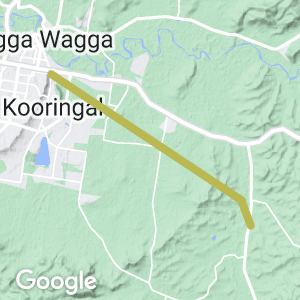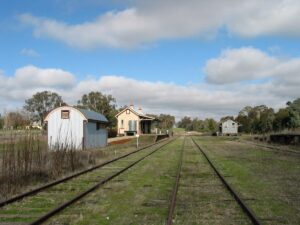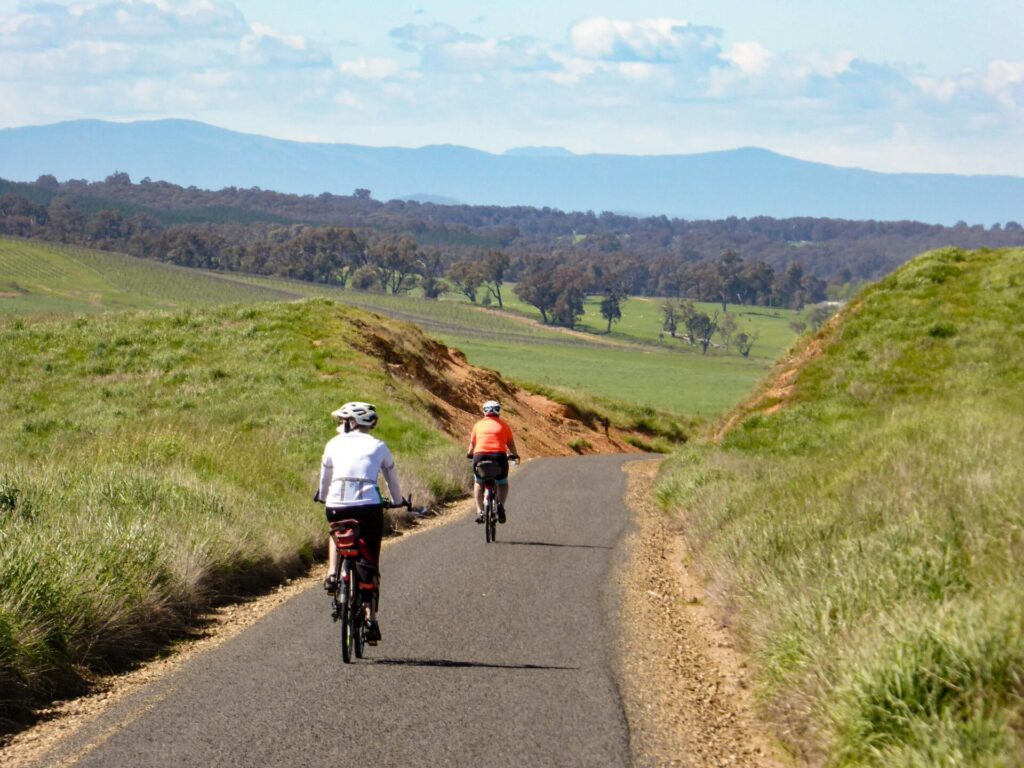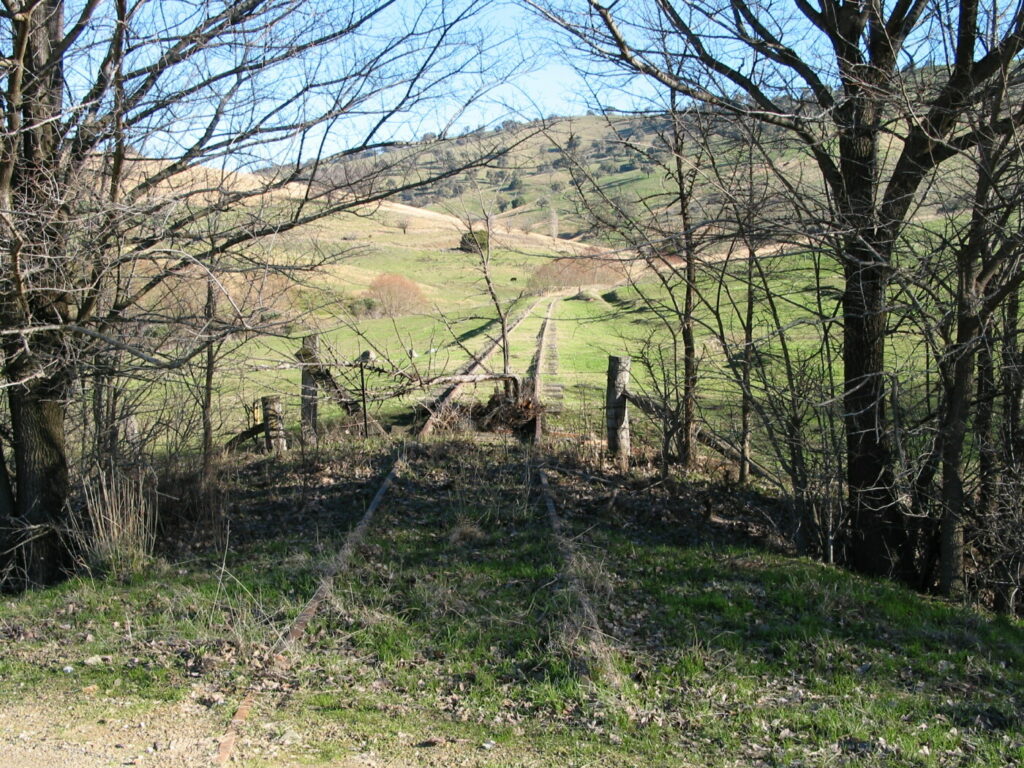
When completed, this 20km rail trail will connect the large inland NSW city of Wagga Wagga to the rural village of Ladysmith to the southeast. The trail will pass Wagga Wagga airport, running mainly through open country or lightly-wooded farmland.
The trail is at the western end of the proposed Riverina Highlands Rail Trail, with stage one between Tumbarumba and Rosewood at the eastern end open. Wagga Wagga to Ladysmith is stage two, and its construction may encourage further development of the remaining sections from Ladysmith to Tarcutta (on the Hume Highway) and on to Humula and Rosewood.
Nearby Attractions
- Wagga Wagga is a major inland city in New South Wales, situated on the Murrumbidgee River, and is the major regional centre for the Riverina
- Ladysmith is a rural town with an extensive agricultural and railway history
- The Riverina area offers a large range of tourism experiences
- In the Wagga Wagga area, the trail will form part of the local bicycle network and will provide an off-road commuting option between the suburb of Forest Hill and the downtown area
- Ladysmith station has a large display of railway heritage memorabilia
Last updated: 28 July 2023
The trail will commence in central Wagga Wagga, running along the disused ex-government branch line that once connected Wagga Wagga with Tumbarumba.
Access to the trail will be provided near the Wagga Wagga CBD and also at the Equex Centre sports complex, with links to the Kooringal Rd and Riverside cycleways.
The trail will end at the Ladysmith railway station trailhead.

Ladysmith station area in 2005

Disused rail corridor near Forest Hill
Do you know of a bike hire or transportation service on this rail trail that should appear here? If so, let us know at admin@railtrails.org.au.
Information and Links
This Trail is a proposed Rail Trail only at this stage. It is not yet constructed or open.
The railway corridor is owned by the NSW State Government, and trespassing is prohibited.
For more information about this trail, see the Wagga Rail Trail website: Wagga Rail Trail
Contact Rail Trails Australia
To contact us about this rail trail, email nsw@railtrails.org.au
Background Information
Traditional owners
We acknowledge the Wiradjuri people, the traditional custodians of the land and waterways on which the rail trail will be built.
Development and future of the rail trail
The local rail trail group has been working for many years to promote this rail trail. The success of the Tumbarumba-Rosewood rail trail has provided a boost to their efforts. On 26th July 2021, Wagga Wagga Regional Council voted unanimously to support the development of rail trails in the Wagga Wagga region. This positive step will enable detailed planning to begin, with next steps expected in March 2022.
Railway History
The Tumbarumba branch line from Wagga Wagga opened in 1917, passing through Ladysmith, Tarcutta, Humula, Rosewood and terminated at Tumbarumba.
Passenger services ceased on the line in 1974, and all operations on the line stopped in 1987. The station at Ladysmith is the only surviving station structure on the rail corridor.
From Ladysmith, the rail corridor extends further east to Tarcutta, crossing the Hume Highway just to the south of the Tarcutta township. Remnants of the railway are visible from the highway.
Wagga Wagga City Council votes to support rail trails
Posted: 31/07/21
Wagga Wagga City Council voted unanimously on 26 July to give in-principle support for the development ...
More...Nearby Trails

Tumbarumba to Rosewood (Riverina Highlands) Rail Trail
470km south of Sydney, 460km north of Melbourne
21 km







Murrumbidgee Valley Rail Trail
380 km southwest of Sydney


Batlow – Tumut Rail Trail
400 km southwest of Sydney


Culcairn – Corowa Rail Trail
520 km southwest of Sydney
2 km




High Country Rail Trail
300 km northeast of Melbourne
80 km








One review of “Wagga Wagga to Ladysmith (Riverina Highlands) Rail Trail”
Full credit to Wagga Wagga City Council for their positive vote in late July 2021.
Construction of the Wagga Wagga to Ladysmith section would bring the disused rail corridor to life as a valuable community asset.